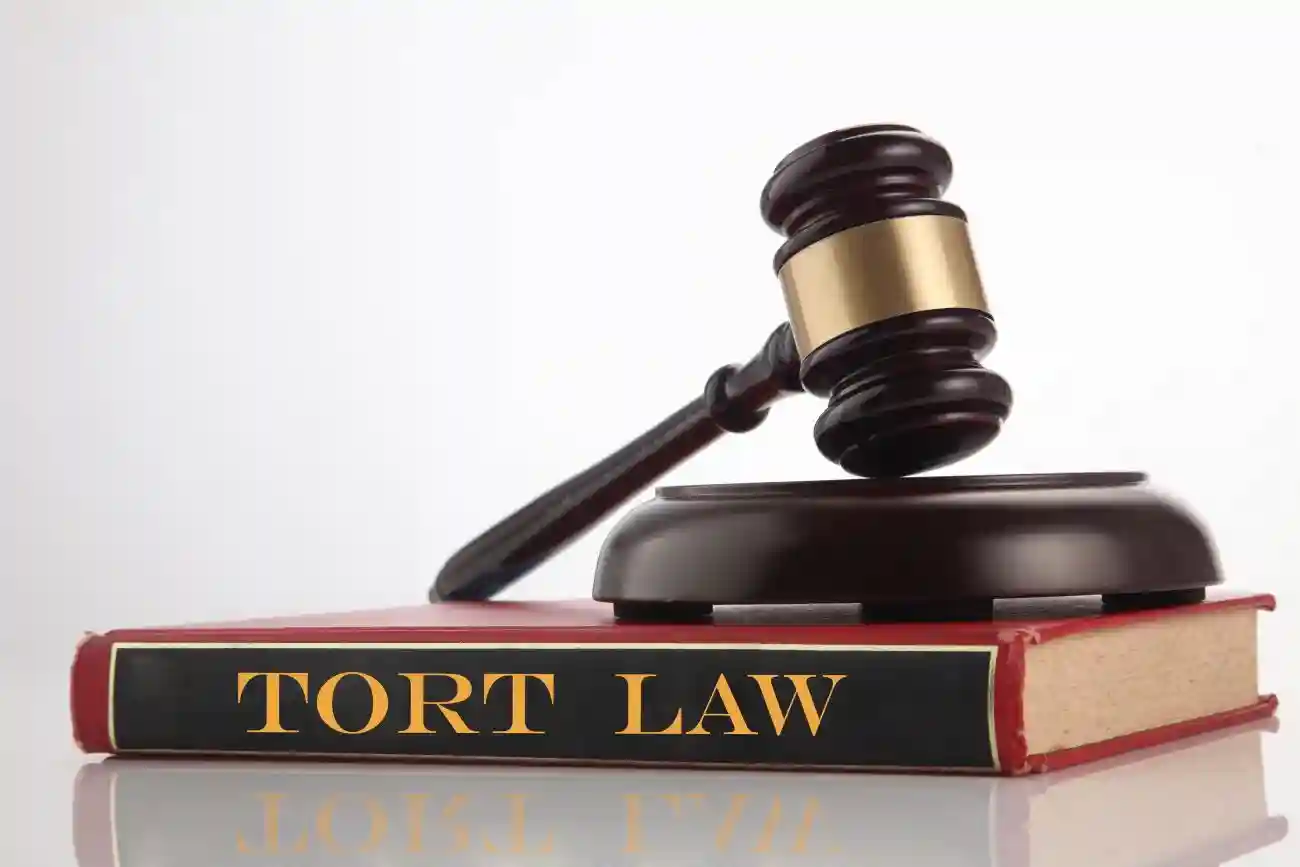
Understanding Cervical Dystonia and Its Causes
As a Cervical Dystonia birth injury lawyer, I know that Cervical dystonia, also known as spasmodic torticollis, is a painful condition where neck muscles contract involuntarily, causing the head to twist or turn to one side. This condition can occur due to various factors, including genetic predispositions, environmental influences, or even injuries sustained during childbirth. Recognizing the root causes is vital for understanding how this condition manifests, especially in newborns who may experience trauma during the birthing process.
During childbirth, certain complications can cause cervical dystonia. For instance, prolonged labor, incorrect use of delivery instruments, or excessive force may lead to trauma, impacting the delicate structures of a newborn’s neck. These factors highlight the significance of careful monitoring and intervention by medical professionals to prevent such conditions from developing.
Not all cases of cervical dystonia are preventable. However, understanding its causes can provide insight into possible preventive measures and alert you to the importance of proper medical care during childbirth. By being informed, parents can better advocate for their children’s health and seek necessary medical attention if symptoms arise.
Recognizing Cervical Dystonia Birth Injury Symptoms
Identifying the symptoms of cervical dystonia in newborns is crucial for prompt diagnosis and treatment. You might notice your baby’s head tilting to one side or experience uncontrolled muscle contractions in their neck. These symptoms may be subtle at first but can become more pronounced over time, leading to discomfort and potential developmental issues.
Additional signs to watch for include difficulty breastfeeding, irritability, and limited range of motion in the neck. Observing these symptoms early on is essential for ensuring your child receives appropriate medical evaluation and intervention. If left untreated, cervical dystonia can impact a child’s growth and overall quality of life.
If you suspect that your child exhibits any of these symptoms, seeking professional medical advice is imperative. Early diagnosis can lead to more effective management strategies, minimizing complications and improving outcomes. Trust your instincts as a parent, and don’t hesitate to consult healthcare providers if you have concerns about your child’s well-being.

The Link Between Medical Negligence and Cervical Dystonia
Medical negligence can be a contributing factor to cervical dystonia in newborns. If healthcare professionals fail to adhere to standard care protocols, the risk of birthing injuries, including cervical dystonia, increases. This negligence might involve improper use of forceps or vacuum devices, mismanagement during delivery, or failure to monitor the mother and baby adequately.
When medical professionals do not meet the expected standard of care, the consequences can be severe and long-lasting. Cervical dystonia caused by trauma during the childbirth process can result from such negligence. Recognizing this link is crucial for parents who suspect that their child’s condition may be a result of medical errors during delivery.
If you believe that medical negligence played a role in your child’s diagnosis, it is essential to explore your legal options. Consulting with a Cervical Dystonia birth injury lawyer can help you understand your rights and determine if you have grounds for a legal claim. Holding medical practitioners accountable is not only about seeking justice but also about preventing similar incidents in the future.
Steps to Take If You Suspect Medical Negligence
If you suspect medical negligence in your child’s cervical dystonia diagnosis, taking immediate action is crucial. Begin by documenting your observations and any related medical records. Keeping a detailed record of symptoms, treatments, and communications with healthcare providers will be invaluable if you decide to pursue legal action.
Next, seek a second opinion from a qualified medical professional. An independent evaluation can provide clarity on whether your child’s condition was avoidable or linked to medical errors. This step not only ensures your child receives appropriate care but also strengthens your case if medical negligence is confirmed.
Finally, consult with a specialized lawyer experienced in birth injury cases. A Cervical Dystonia birth injury lawyer can guide you through the legal process, helping you understand your rights and the potential for compensation. Legal expertise is critical in navigating complex medical negligence claims and achieving a favorable outcome for your family.

Gathering Evidence for Your Case
Building a strong case for medical negligence requires comprehensive evidence. Start by collecting all relevant medical records, including prenatal and delivery documentation, treatment plans, and any correspondence with healthcare providers. These documents form the backbone of your legal claim and provide critical insights into the care your child received.
In addition to medical records, consider obtaining expert testimony. Medical experts can review your case and offer professional opinions on whether standard care protocols were breached. Their insights can be pivotal in establishing a link between medical negligence and your child’s condition, reinforcing your legal argument.
Finally, gather any photographic or video evidence of your child’s symptoms. Visual documentation can be compelling in illustrating the severity and impact of cervical dystonia on your child’s quality of life. Presenting a comprehensive portfolio of evidence will support your claim and enhance the likelihood of a successful legal resolution.
The Role of a Cervical Dystonia Birth Injury Lawyer
A Cervical Dystonia birth injury lawyer plays a vital role in advocating for families affected by medical negligence. They possess the expertise to navigate complex legal landscapes and understand the nuances of birth injury cases. Their guidance is essential in building a compelling case and pursuing justice for your child.
Your lawyer will assist in gathering and analyzing evidence, ensuring that all necessary documentation supports your claim. They will also handle negotiations with insurance companies and legal representatives of healthcare providers, striving to secure fair compensation for your child’s medical expenses, pain, and suffering.
Additionally, a skilled lawyer provides emotional support and reassurance during this challenging time. They understand the intricacies of medical negligence cases and are committed to achieving the best possible outcome for your family. Engaging a lawyer with expertise in cervical dystonia birth injuries is a crucial step towards seeking justice and holding negligent parties accountable.

Common Complications Associated with Cervical Dystonia
Cervical dystonia can lead to various complications that affect a child’s development and quality of life. These may include chronic pain, limited mobility, and difficulties with daily activities such as feeding and communication. Understanding these potential challenges is essential for managing your child’s condition effectively.
In some cases, cervical dystonia can contribute to secondary medical issues, such as scoliosis or musculoskeletal deformities. These complications may necessitate ongoing medical interventions, including physical therapy or surgical procedures, to improve function and alleviate discomfort. Being informed about these possibilities allows you to advocate for comprehensive care for your child.
Addressing the psychological impact of cervical dystonia is equally important. Children with this condition may experience emotional distress or social difficulties due to their symptoms. Providing support through counseling or therapy can enhance their overall well-being and help them cope with the challenges of living with a birth injury.
The Importance of Timely Legal Action
Taking timely legal action is critical in birth injury cases, as statutes of limitations can restrict your ability to file a claim. Acting promptly ensures that you preserve your right to seek compensation and hold negligent parties accountable for their actions. Delaying legal proceedings may jeopardize your case and limit your child’s access to necessary resources.
In addition to legal considerations, early intervention can improve outcomes for your child. Pursuing legal action quickly allows you to secure funds for medical treatments, therapies, and other essential services that support your child’s development and well-being. Proactively addressing these needs can significantly enhance your child’s quality of life.
Furthermore, timely legal action sends a message to healthcare providers and institutions about the importance of adhering to high standards of care. Holding negligent parties accountable not only seeks justice for your child but also fosters a safer healthcare environment for future families. By acting decisively, you contribute to a culture of accountability and safety within the medical community.
Conclusion: Seeking Justice for Cervical Dystonia Birth Injuries
Navigating the challenges of a cervical dystonia birth injury can be overwhelming, but you are not alone. By understanding the causes, symptoms, and legal implications of this condition, you can take informed steps to advocate for your child’s rights. Engaging a Cervical Dystonia birth injury lawyer is a crucial component in seeking justice and securing the resources your child needs for a brighter future.
If you suspect medical negligence, do not hesitate to take action. Gather evidence, consult with medical and legal experts, and pursue your case with determination. Your efforts not only seek justice for your child but also contribute to improving healthcare standards and preventing future birth injuries.
Support for Parents Affected by Child Birth
Support Groups
Birth Injury Centers
Online Support Groups:
Trauma Support Groups:
Cerebral Palsy Support Groups
Erb’s Palsy Support Groups
Brachial plexus Support Groups
Frequently Asked Questions
1. What is the statute of limitations for filing a lawsuit?
The statute of limitations varies by state. In Tennessee, you generally have one year from the date of the injury to file a lawsuit. However, certain exceptions may apply, so consulting a birth injury lawyer is essential to ensure compliance with legal deadlines.
2. How long does a birth injury lawsuit take to resolve?
The duration of a lawsuit depends on various factors, including the complexity of the case and whether a settlement is reached. Some cases resolve in a few months, while others may take several years. Your lawyer can provide a more accurate timeline based on your specific circumstances.
3. What compensation can I receive from a birth injury lawsuit?
Compensation may include medical expenses, rehabilitation costs, pain and suffering, lost wages, and future care needs. The amount varies based on the severity of the injury and its impact on your child’s quality of life.
Contact Cervical Dystonia Birth Injury Lawyer Timothy L. Miles Today for a Free Case Evaluation
Contact Cervical Dystonia Birth Injury Lawyer Timothy L. Miles for a free case evaluation today If you believe your child’s cervical dystonia is the result of medical negligence. The call is free and so is the fee unless we win or settle your case so call today and see what a Cervical Dystonia Birth Injury Lawyer in can do for you. (855) 846-6529 or [email protected].
Timothy L. Miles, Esq.
Law Offices of Timothy L. Miles
Tapestry at Brentwood Town Center
300 Centerview Dr. #247
Mailbox #1091
Brentwood, TN 37027
Phone: (855) Tim-MLaw (855-846-6529)
Email: [email protected]
Website: www.classactionlawyertn.com


